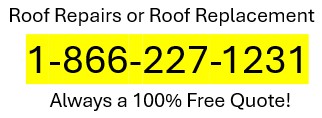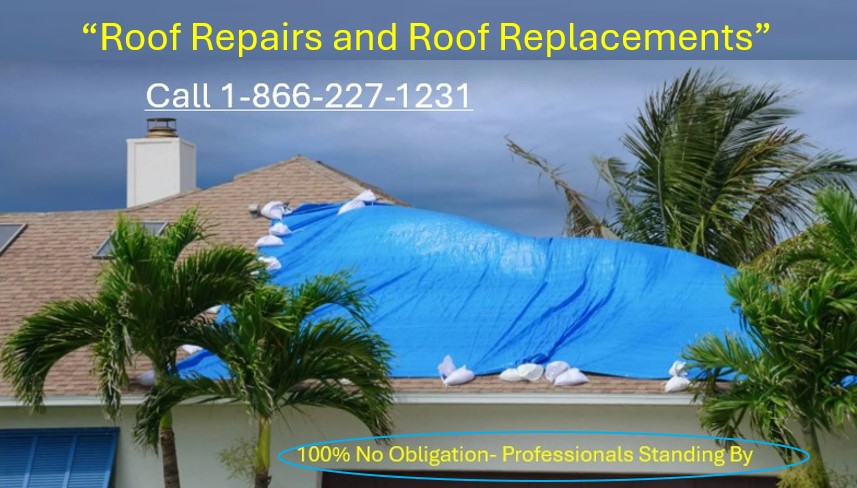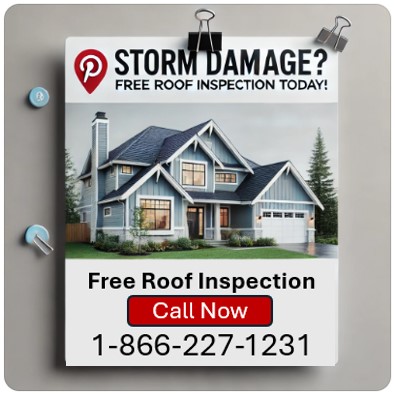Essential Roof Maintenance Guide
Regular roof maintenance isn't just about preventing leaks—it's about protecting your entire home investment. A well-maintained roof can last decades longer than a neglected one, potentially saving homeowners tens of thousands in premature replacement costs. This comprehensive maintenance guide provides seasonal checklists, DIY tips, and professional maintenance insights to help extend your roof's life and performance.
The Financial Case for Roof Maintenance
Before diving into maintenance tasks, consider the compelling economics:
- Average roof replacement cost: $8,000-$20,000+
- Cost of annual maintenance: $200-$500
- Potential lifespan extension: 5-15 years depending on roofing material
- Return on investment: Every $1 spent on preventative maintenance saves $4-$10 in future repairs
Additionally, properly maintained roofs:
- Lower energy bills through better insulation and ventilation
- Prevent costly interior water damage
- Maintain home value and curb appeal
- Preserve manufacturer warranty coverage (many warranties require proof of maintenance)

Seasonal Roof Maintenance Checklist
Different seasons present unique challenges and maintenance opportunities for your roof.
Spring Maintenance (March-May)
- Clean gutters and downspouts of winter debris
- Check for shingles damaged by ice or snow
- Look for loose or damaged flashing
- Inspect for winter storm damage
- Trim back any overgrown or winter-damaged tree limbs
- Check attic ventilation and insulation
- Schedule professional spring inspection
Summer Maintenance (June-August)
- Look for heat-related damage (curling or blistering shingles)
- Check for moss or algae growth
- Inspect roof after severe summer storms
- Clean and check gutters after heavy rainfall
- Apply protective treatments for UV damage
- Assess attic temperature for proper ventilation
Fall Maintenance (September-November)
- Clear leaves and debris from valleys and gutters
- Check for animal nests or damage
- Inspect and clean chimney and vents
- Replace damaged shingles before winter
- Check and seal around roof penetrations
- Ensure drainage systems are fully functional
- Schedule comprehensive fall professional inspection

Winter Maintenance (December-February)
- Remove excessive snow accumulation (when safe)
- Check for ice dam formation
- Monitor for interior signs of leaks
- Look for visible damage after winter storms
- Address emergencies promptly with professional help
- Clear icicles from eaves and gutters
DIY Roof Maintenance You Can Safely Perform
Many maintenance tasks are within the capabilities of safety-conscious homeowners:
Gutter Maintenance
- Clear debris using gloved hands or gutter scoop
- Flush with garden hose to check for proper flow
- Check for sagging sections or loose fasteners
- Install gutter guards if recurring clogs are an issue
- Ensure downspouts direct water at least 3 feet from foundation
Visual Inspection
From a ladder at the roofline or with binoculars from the ground, look for:
- Missing, cracked, or curling shingles
- Exposed nails or popped fasteners
- Damaged flashing around chimneys, vents, and valleys
- Sagging sections or visible depressions
- Moss, algae, or fungal growth
- Damaged or missing chimney caps
- Cracked rubber boots around vent pipes

Attic Assessment
In your attic space, check for:
- Water stains or active leaks
- Proper ventilation (intake and exhaust vents)
- Adequate insulation coverage
- Mold or mildew growth
- Light penetration through roof boards
- Proper soffit vent clearance
Debris Removal
- Use a leaf blower from the ground or a soft-bristle broom from a ladder
- Remove leaves, branches, and accumulated debris from valleys
- Clear around chimney bases and other penetrations
- Never use pressure washers on roofing materials
Professional Maintenance Services
Some maintenance tasks require professional expertise and equipment:
Annual Professional Inspection
A thorough professional inspection typically includes:
- Comprehensive surface evaluation
- Flashing integrity assessment
- Underlayment inspection where accessible
- Structural analysis of decking and supports
- Ventilation system evaluation
- Detailed documentation with photos
- Written report with recommendations
Professional Cleaning
Depending on your environment, consider these professional services:
- Moss and algae treatment: Application of appropriate biocides
- Soft washing: Low-pressure cleaning with specialized solutions
- Preventative treatments: Zinc or copper strips to prevent biological growth
- Granule loss treatment: Sealants for aging asphalt shingles
Preventative Repairs
Professionals can address minor issues before they become major problems:
- Shingle replacement or resealing
- Flashing repair or replacement
- Vent and pipe boot renewal
- Ridge cap maintenance
- Minor decking repairs
- Sealant application around penetrations

Maintenance for Different Roofing Materials
Each roofing material has specific maintenance requirements:
Asphalt Shingles
- Check for granule loss in gutters
- Look for curled, cracked, or missing shingles
- Address algae or moss growth promptly
- Replace damaged shingles individually
- Inspect for nail pops that can create leak points
Metal Roofing
- Look for scratches or scuffs in protective coating
- Check for loose fasteners or separated seams
- Inspect for galvanic corrosion at dissimilar metal contact points
- Clear debris that can trap moisture
- Replace damaged closure strips
Tile or Slate
- Look for cracked, chipped, or slipped pieces
- Check underlying flashing and battens
- Clear debris from between tiles
- Handle with care when inspecting (walk on boards, not directly on tiles)
- Replace damaged pieces individually by a specialist
Flat or Low-Slope Roofs
- Check for ponding water after rainfall
- Inspect membrane for bubbles, tears, or separations
- Clear drainage systems frequently
- Look for signs of material shrinkage
- Check seams and edges for integrity

When to Schedule Professional Inspections
Most roofing experts recommend professional inspections:
- Annually for roofs over 10 years old
- Every 2-3 years for newer roofs
- After major storms or extreme weather events
- When selling or purchasing a home
- If interior leaks or water stains appear
- Before and after nearby construction projects
- When manufacturer warranties require it
Creating Your Roof Maintenance Record
Maintaining documentation helps with warranty claims and future home sales:
- Keep all receipts for professional services
- Document DIY maintenance with dated photos
- Record when problems were discovered and addressed
- Save inspection reports from professionals
- Note weather events that impacted your roof
- Track changes in condition over time
Regular roof maintenance is one of the most cost-effective investments a homeowner can make. By following this seasonal approach and balancing DIY tasks with professional services, you can significantly extend your roof's useful life, maintain your home's value, and avoid the substantial costs associated with premature roof failure or interior water damage.

